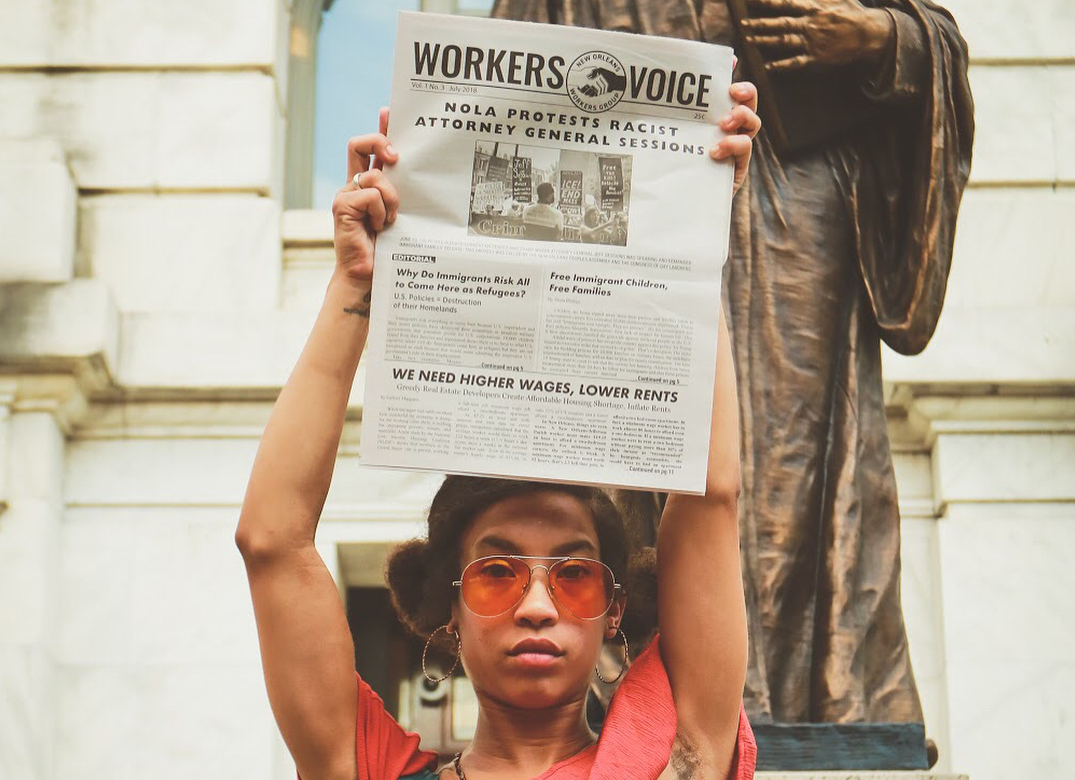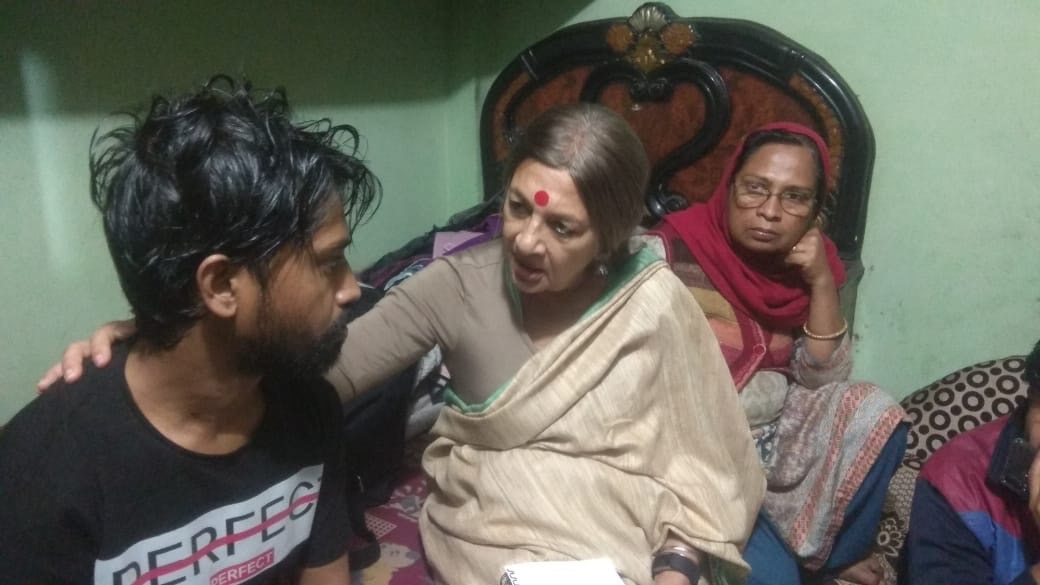
Since becoming Prime Minister of India in 2014, Narendra Modi has carried out brutal assaults on workers on behalf of big business, while undermining democratic norms, and whipping up ethnic and religious tensions. Modi belongs to the far-right Bharatiya Janata Party, which espouses Hindu supremacy. As one example of Modi’s effect on Indian politics, violence against “Dalits,” or “lower caste” people, dramatically increased since he came to power, just as hate crimes spiked in the aftermath of Trump’s election. As with Trump and other right-wing nationalists who have come to power in the past few years, their racism, sexism, homophobia, etc., has served to divide workers and oppressed people so that big business can loot government treasuries and accumulate more wealth. Modi’s government has tried to push through anti-union policies and it has forced cuts to healthcare and education.
In short, they have implemented a regime of privatization and austerity.
The flipside is that masses of people are actively battling this government. The workers, farmers, and oppressed people of India are some of the most class conscious and militant fighters in the world. In January of this year, upwards of 150 million people went on strike for two days in response to government policies. This is thought to be the biggest strike in human history.
Similarly, as Modi’s government has increased attacks on the autonomous regions of Kashmir and Jammu, progressive and revolutionary people across India have come out in support of those under attack. On August 5, opposition parties, including the Communist Party of India (Marxist), and the Communist Party of India (Marxist-Leninist), staged protests in the capital, New Delhi. Protests were held again on August 22 in New Delhi. Meanwhile, the struggles have continued in the regions of Kashmir and Jammu themselves, despite the military crackdown.
By Guest Writer Amman
Kashmir is a semi-autonomous state with sovereignty over its internal affairs under the Indian Constitution. Kashmir has suffered a military occupation by the Indian government since 1947. Before this, the entire region of what we know as the South Asian Subcontinent was under extractive British imperialism. On August 6th, 2019, both houses of Indian Parliament passed the Jammu and Kashmir Reorganization Act. The constitutional agreement until recently designated Kashmir as semi-autonomous. Under Hindu Nationalist, Prime Minister Narendra Modi, Kashmir is now being dissolved into a series of union territories to be administered by the central government in New Delhi. This had been a campaign promise of Modi whose political career has been founded on Islamophobia, sexism and Hindu Nationalism. Hindu Nationalism is an ideology that upholds the oppression social and economic of non-Hindus in India.
The Rashtriya Swayamsevak Sangh, also known as the RSS, a right-wing Hindu-extremist group has its own paramilitary organization inspired by Mussolini’s Black Shirts. It is widely considered the parent of the Bharatiya Janata Party, or BJP, a right-wing Hindu Nationalist outfit also regarded as the world’s largest political party. Its current leader is the Prime Minister, a man who can trace his own political genealogy back to his own induction into the RSS at the tender age of 8. During his campaign for re-election earlier this May, Modi made promises of revoking Kashmir’s special status and opening its economy to encourage the flow of capital. But for his critics and supporters alike, dislocating Kashmir’s little autonomy and dissolving the union’s only Muslim-majority state is hugely symbolic of the broader project of Hindu Nationalism.
The latest episode bares all the hallmarks of a kind of state-terrorism Kashmiris are routinely subject to. After months of escalating tensions between India and Pakistan leading up to Modi’s reelection— including Indian threats of a nuclear offensive— tens of thousands of security troops were deployed to Kashmir under a variety of guises in late July. Days later, the Indian army was said to have located a land mine with Pakistani markings along a sacred Hindu pilgrimage route, and on August 2nd, the government subsequently issued a statement advising all pilgrims and tourists to evacuate immediately. By midnight the next day, the entire state was under lockdown (often euphemistically referred to as “curfew”) and a few days later the resolution passed through government. Almost all activity was stifled: mobility was severely limited, businesses closed, hospitals were understaffed and under-resourced, families struggled to access basic necessities of food and medicine. Eventually, all communication in the state was shut down and Kashmiri Muslims were forced to forgo the boisterous celebrations of Eid Al Adha without word from their family and relatives outside. The thousands of Kashmiri civilians who took to the streets in protest were met with gunfire and rubber pellets.
The Kashmiri people’s claims to rights and dignity and sovereignty, in the meanwhile, have been entirely subsumed by a competing narrative of ongoing hostility between Hindus and Muslims across the entire subcontinent. Since a resurgence of political unrest during the 90’s, some 70,000 people have been killed in the armed occupation. Thousands of civilians have turned up buried in unmarked graves and many more have been (gang)-raped at the hands of Indian security personnel. All the while state’s infrastructure and economy have steadily crumbled.



